Sakhile: a singular band remembered 40 years on
Making music to respond to the times, the popular group left a huge legacy despite not fitting prescribed notions of what jazz at the time should sound like.
Author:
19 May 2022
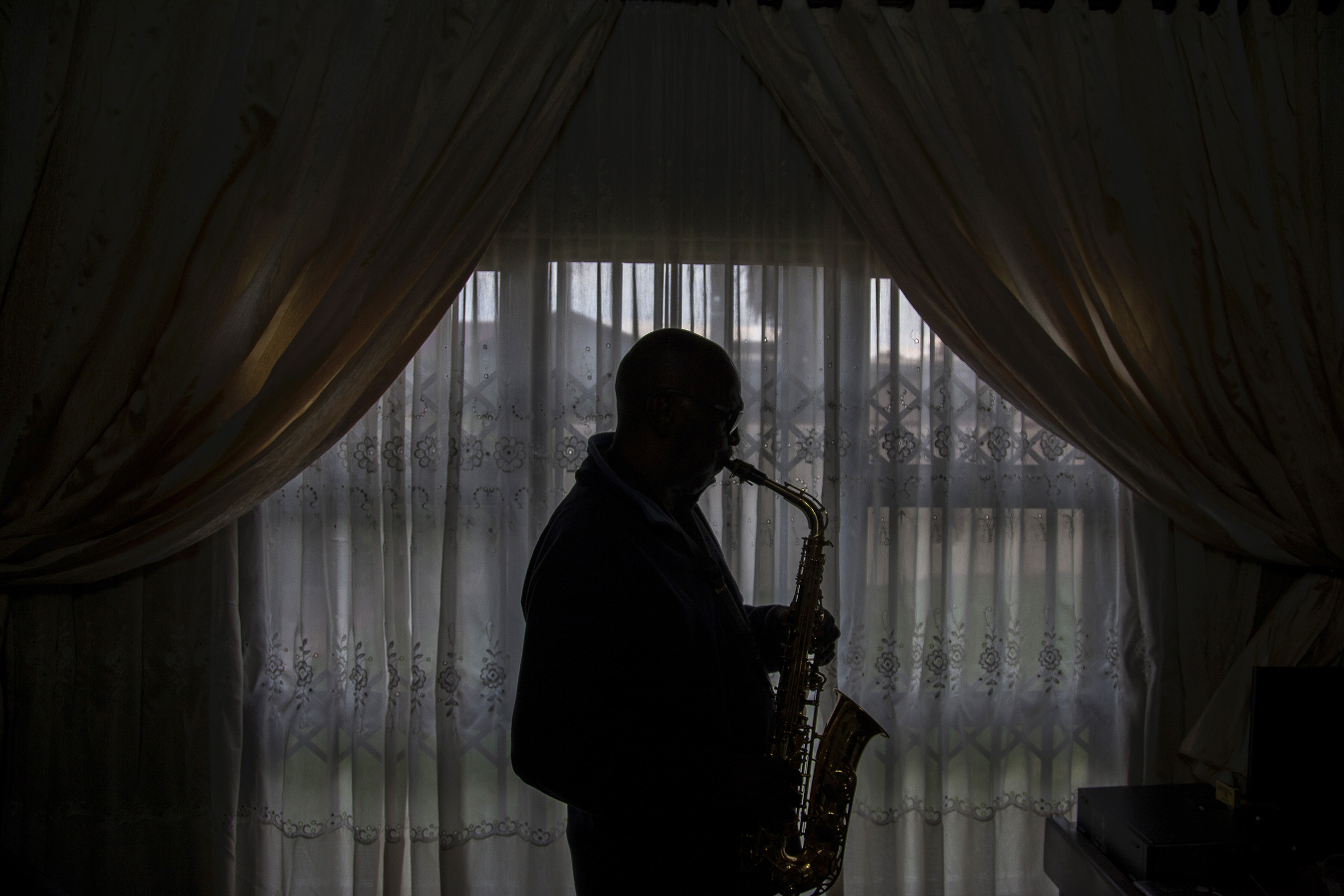
At the dawn of the 1980s, on the eve of the beginning of the mass insurrection against apartheid, South Africa witnessed the rise of a new musical force: Sakhile. The group gathered with a vision and mission to help articulate a new moment in the nation’s movement towards freedom. This year marks 40 years since the release of their self-titled debut record, Sakhile, which heralded their rise and appealed to a new groove for the times.
Sakhile is an isiZulu phrase-word meaning “we have built” – a defiantly affirmative moniker for a musical outfit born in an age defined by destruction. The group had six supremely gifted instrumentalists but would evolve over the years. The first two among a league of equals were kindred spirits: Durban-based bassist Sipho Gumede and Soweto-raised saxophonist Khaya Mahlangu. Together they created the musical vortex that gathered guitarist Menyatso Mathole, percussionist Mabi Thobejane, drummer Madoda Mathunjwa and keyboard player Themba Mkhize into one of South Africa’s most memorable musical projects.
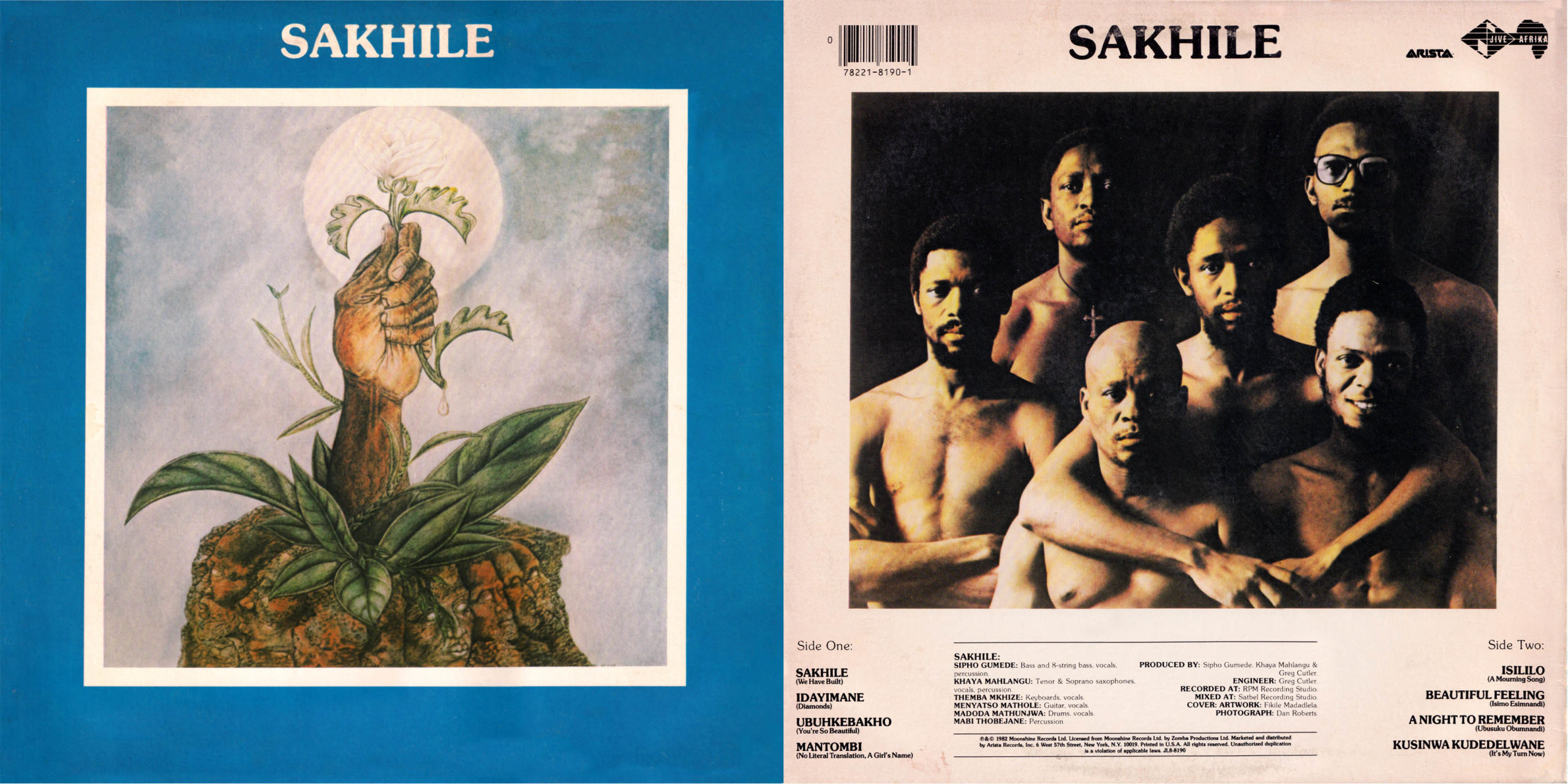

To be clear, Sakhile was formed on the revolutionary energy occasioned by the breaking up of a number of key bands that ruled the 1970s. There was a cultural tectonic shift in the outlook and expectations of both musicians and audiences, fuelled by a rising youthful energy animating both the politics and creative activity of the time.
A few years earlier, in 1978, Thobejane had split from Philip Tabane’s Malombo project. He was operating as a session musician and available to heed the call to join a new band. Mathole came from Renaissance, another band that was coming apart. Gumede and Mahlangu, who were members of Spirits Rejoice, had been feeling a need to “shake things up … we were hearing something else. We wanted our music to emphasise a more African sound,” says Mahlangu.
The sound of Spirits Rejoice, at the time, was modelled on the American jazz fusion made popular by the likes of Miles Davis and Austrian jazz composer and keyboardist Joe Zawinul. However, their sound, which included a lot of cover material, too, had become a kind of restraint for Gumede and Mahlangu.
On a mission
Spirits Rejoice was an iconic band formed by drummer Gilbert Matthews and saxophonist Duke Makasi and other leading lights of the era, and would later include Bheki Mseleku and Phil Schilder. This pedigree and success meant they had a strong identity too. Hence Gumede and Mahlangu found it hard to win the ears of other members to follow a new musical path. “We wanted to [play similar] stuff but in a deeper African context,” says Mahlangu. “We had a sense of mission!”
In an interview with Gwen Ansell for her book Soweto Blues, he elaborates: “We felt nothing much was being done to elevate the status of African music to a level that can be compared to any other music worldwide … It was not what you play that makes music African, but it’s how you play it.” So, they were no longer happy to simply sound as good as their American counterparts.
Taught by Khabi Mngoma at the University of Zululand, Mahlangu had been encouraged in his pan-Africanist mission. At the heart of Mngoma’s lessons was the idea that “we should take ownership of our story and culture as young Africans”. In this way, music was a tool through which Mahlangu and his peers felt they could push back against what he calls “bad ideas being pushed by writers and anthropologists from outside the culture posing as experts on our music”. He found an able ally in Gumede.
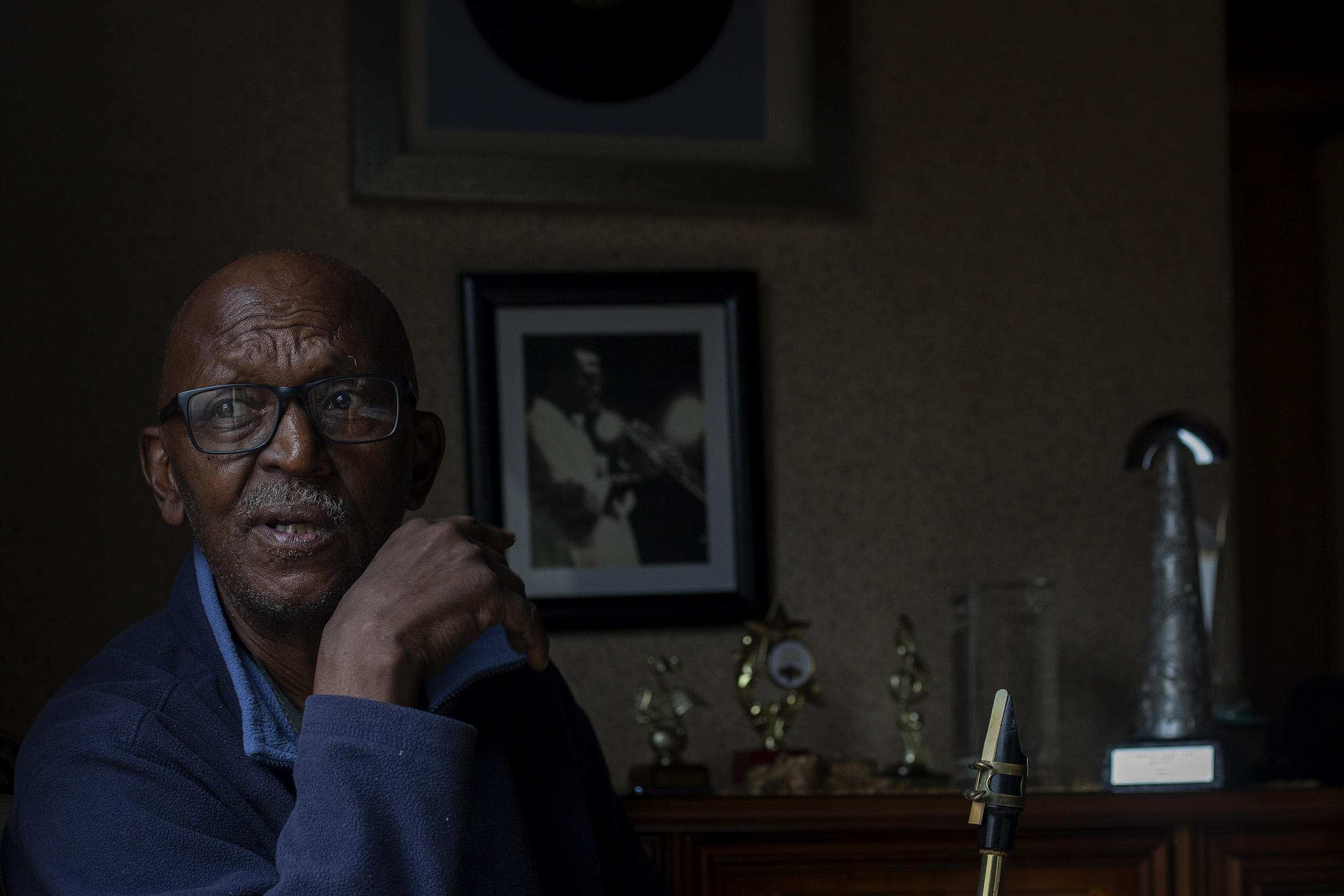

In February 1981, they finally decided to break away from Spirits Rejoice. It all came together on a trip to Durban. Mahlangu remembers the resolve he and Gumede felt on that trip. “We were inspired. We felt it was time to do our thing so we started workshopping some of the ideas. I remember our friend and poet Eugene Skeef came with us. He wrote and read poems as we played. He really helped us to think philosophically about the music as a purposeful thing.”
Once the vision was clear and solid, they began to build the band. Mahlangu contacted percussionist Thobejane, based in Ga-Rankuwa, who was a “a powerful one-man African drum orchestra”, says Mahlangu. Thobejane’s magical touch had irrevocably affected him during an earlier tour of Swaziland. They also pulled in Mathole and Mathunjwa. Gumede had also called on Don Laka to play keyboards, but he could not commit to the project and was replaced by the young firebrand Mkhize in August that year, six months into the gig.
Exposure as a house band
Once set up, the band headed for a residency and to firm up their ideas at Star Point Five, a nightclub owned and run by Don Mkhwanazi in Umlazi. The club provided a home for musicians around Durban in the same way Club Pelican did for those working in Soweto.
Located in Orlando West, the Pelican was a centre of creative musicianship and the community’s culture of joy and jive. In the wake of the killings of 1976 and the Black Power politics of the time, it became a clandestine meeting place for activists too. Above all else, Club Pelican is where all the hot bands of the day played and rehearsed regularly. These included outfits like The Beaters, which later became Harare, and Joy, the all-female group led by Thoko Ndlozi.
Mahlangu insists that though they saw themselves as jazz musicians, playing at nightclubs like the Pelican helped to keep their eyes on “the entertainment side of things”. For Mathole, the club was a crucial base for networking and relationship building. “Many of us became friends after we first met at the Pelican during jam sessions. There was a good mix of music and politics too.”
To be sure, notions of brotherhood and friendship were central to the strength of Sakhile as a group. “There was a lot of love in the band,” is how Mahlangu accounts for it. The musical implication, as Mathole sees it, is that “though we all gave our best, you never felt like there was unhealthy competition on the bandstand”.
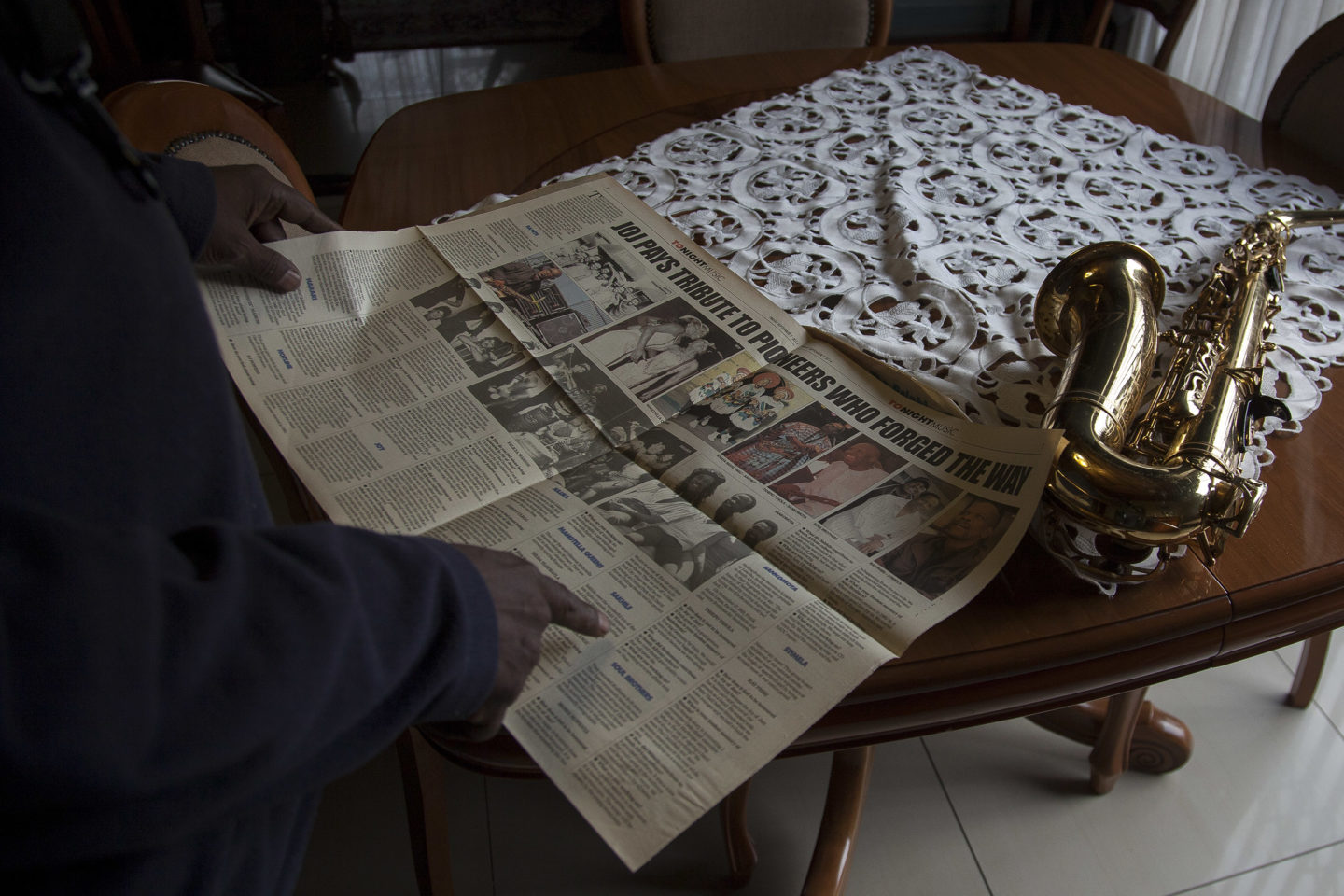

The bonds of friendship were also reflected in their shared musical taste and influences, as well as a commitment to their roots and an alertness to what’s hot and contemporary. “We were listening to bands like Blood, Sweat & Tears and a lot of Weather Report,” says Mahlangu about their approach to song-making.
The influence is not too hard to discern. Sakhile’s music, like Weather Report, largely shunned the traditional soloist-versus-accompaniment approach of straight jazz. Rather, they built on the idea of keeping an open space for continuous improvisation by every member of the ensemble. It was a playing style centred on the idea of collective listening and built on responding to each other’s musical moves. This gave the music a deep colourful resonance and a large-bodied sound that rises steadily, akin to the fullness of a choir.
Sakhile’s approach to composition, too, was open and collectivist. “It was like a workshop kind of thing,” says Mathole. Though Gumede and Mahlangu were the principal composers, the music was largely built through a process of jam sessions, extensive rehearsals and tour stages. In fact, it was through touring that the legend of Sakhile gained ground. “We did gigs everywhere – in people’s homes, theatres and township halls,” says Mahlangu.
Going on the record
By 1982 the band was fully formed, but the journey to recording was not an easy one. “Most record companies didn’t want to record us because we did not tick the box of what was expected to sell. They could not fit us into their format,” says Mahlangu. Another element that made life difficult for a progressive band like Sakhile was the restrictions of apartheid broadcasting. They could not be packaged for the state-sanctioned formats, meaning radio airplay would also be difficult.
However, they persevered and thanks in part to their management, Ian and Linda Barnard, put together an album with Moonshine Records. It comprised eight hot compositions curated to exhibit their range and palette that also spoke to the pressing issues of the day with startling sophistication. This was to be expected, as they believed they “were part of the cogwheels of an ongoing tradition”, Mahlangu says.
The music on Isililo, one of the standout tracks on the album, holds up the banner for sophisticated, socially engaged musicianship. The song is a response to the killing of schoolchildren on 16 June 1976 by the apartheid state. It’s a crafty emblem for music in which heavy-hearted content does not weigh down on creative concerns. Similarly balanced is their mainstay tune Mantombi, a ballad composed by Gumede as an ode to his first-born daughter.
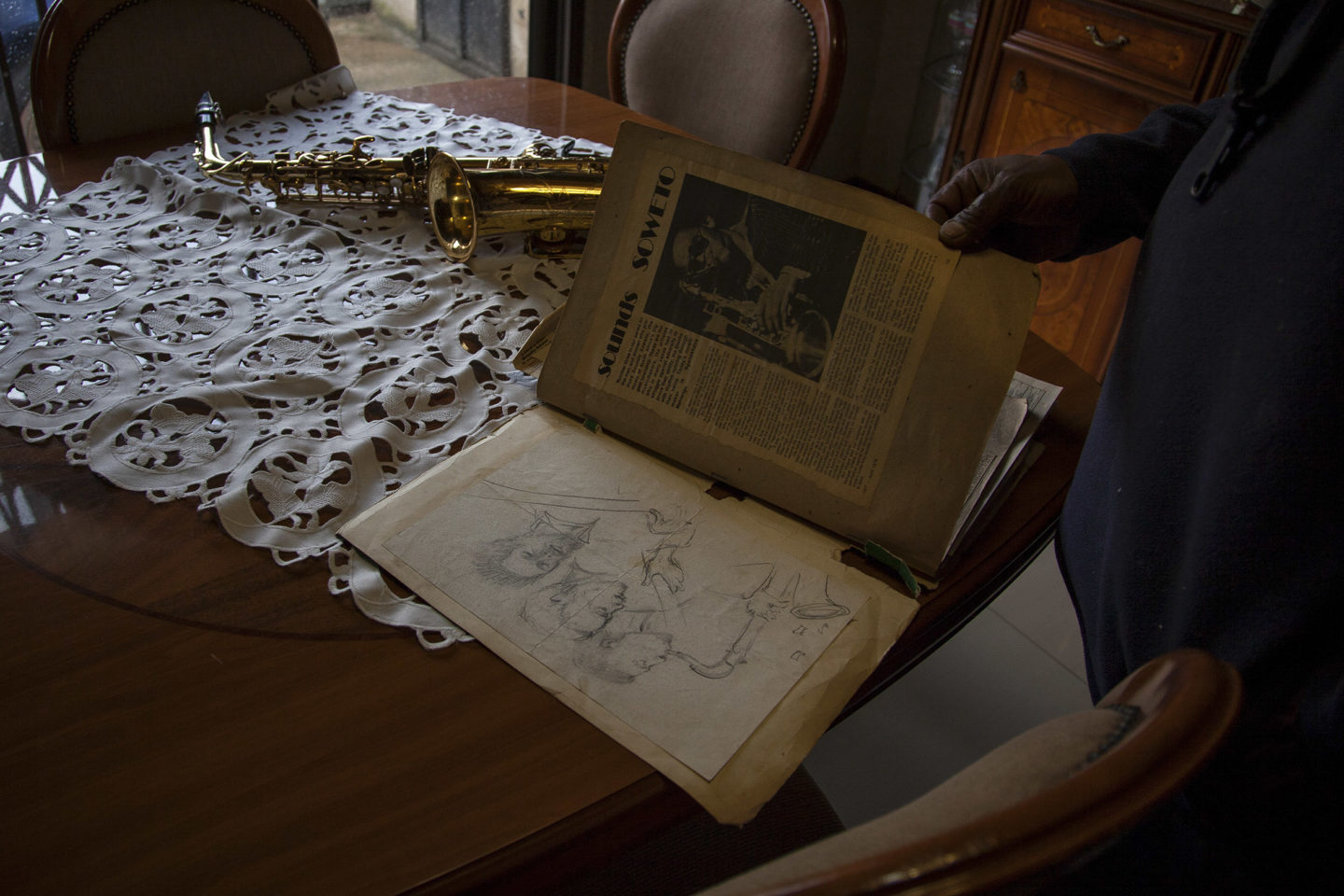

The album is made even more remarkable by its cover art, which is built on a colour drawing by Fikile Magadlela, a leading light of the Black Consciousness art movement. The artist was an older creative confidant for a number of artists and musicians like Mathole and Mahlangu. “He was our grootman [older brother]. We were always at his house to listen to records and ask him all kinds of questions,” Mathole remembers.
According to Mahlangu, the drawing was actually a watered-down version of the original. “The initial artwork had a very dark troubled theme of broken heads and so on. So we ended up commissioning Bra Fiks to do the one with a hand holding flower like the Black Power fist instead.”
Forty years on, the image and the music are still affecting. Now, as a new generation of listeners and record collectors are gravitating towards the music of Sakhile, Mahlangu puts it best: “Our people heard themselves in our music. It made them proud of who they are during a dark time.”
